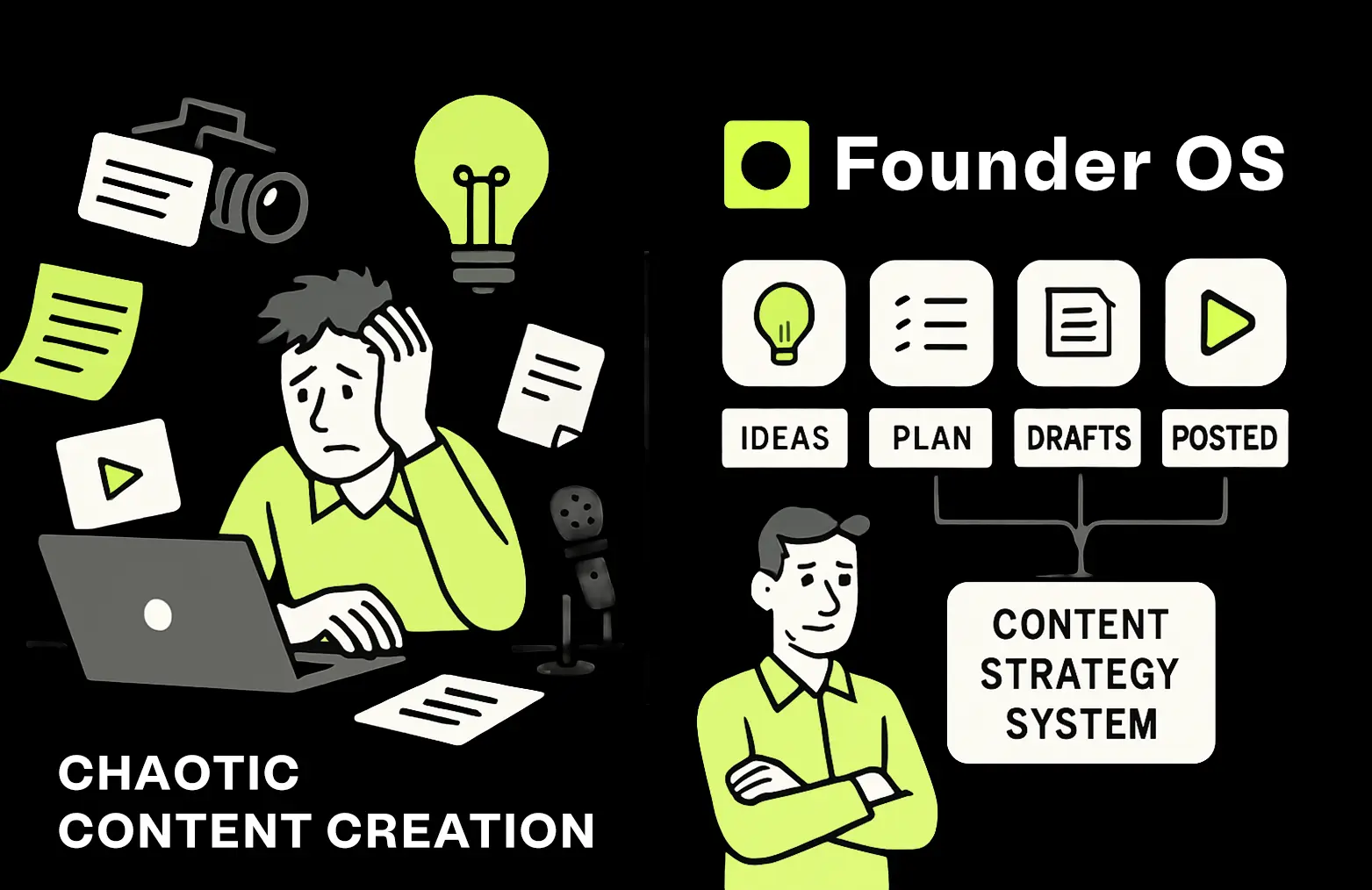Understanding marketing automation and its pitfalls.
Marketing automation scales your engagement without requiring your constant attention. It covers welcome sequences, abandoned cart recovery, list segmentation, and lead nurturing. The goal is simple: right message, right person, right time.
Simple in theory. Easy to mess up in practice.
Most business owners hope automation becomes their growth shortcut. When rushed or poorly planned, it creates more problems than it solves. You end up with frustrated prospects, generic messaging, and systems that ignore what your leads actually need.
The biggest pitfalls come down to:
- Automating without understanding your customer journey
- Skipping personalization entirely
- Running campaigns with outdated data
- Using one-size-fits-all content for everyone
- Never monitoring or optimizing what's running
Avoiding these pitfalls isn't about working harder—it's about working smarter. Let's break down the biggest automation mistakes blocking your growth.



.webp)


